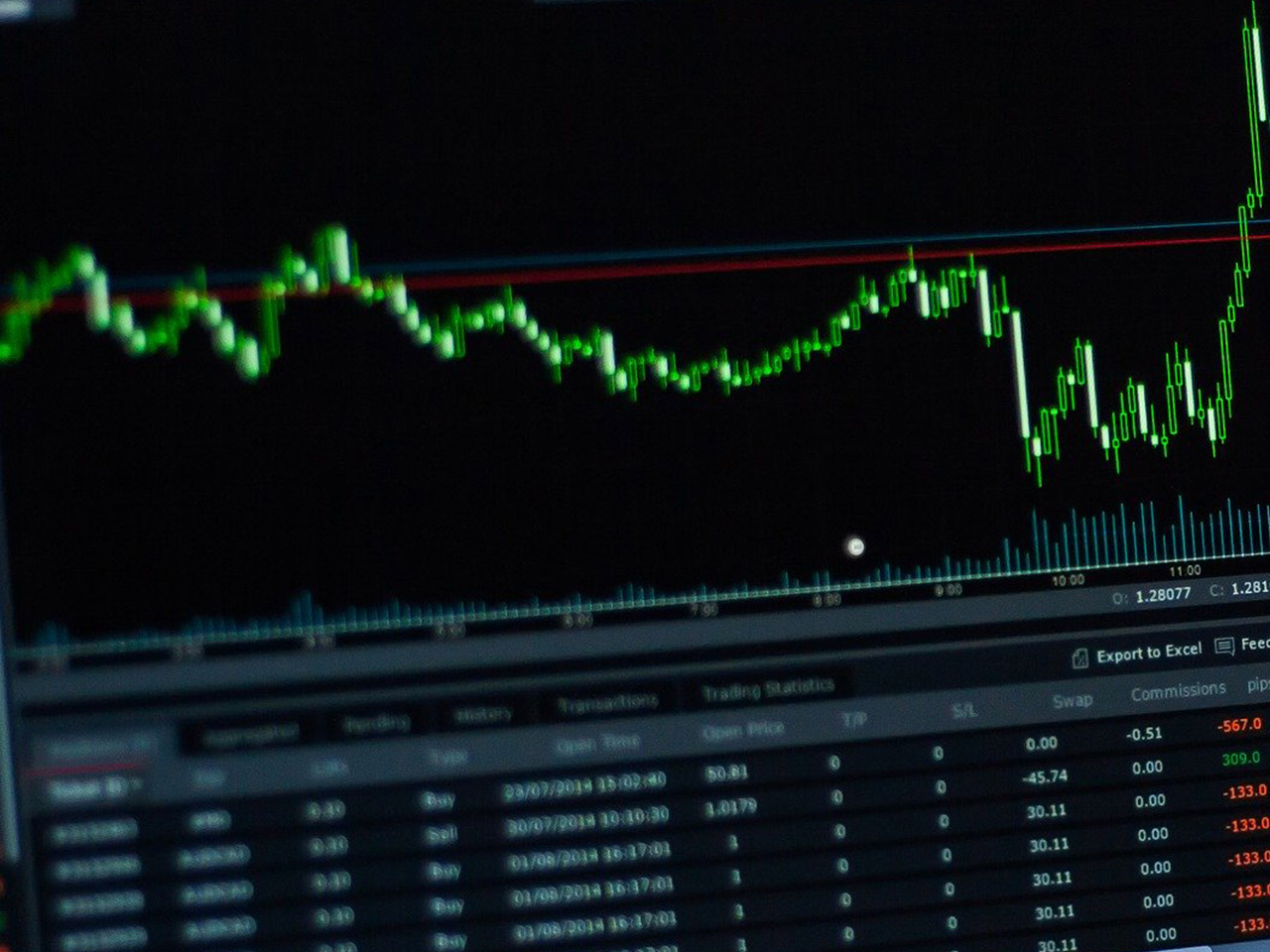BP p.l.c., listed on the London Stock Exchange under the ticker BP.L, remains a significant player in the global energy sector. As an integrated oil and gas company, BP has a longstanding history dating back to 1908 and has diversified its operations across gas, low-carbon energy, oil production, and various customer-oriented services. Headquartered in London, BP’s market capitalisation stands at a notable $61.73 billion, reflecting its substantial presence in the industry.
Currently trading at 398.7 GBp, BP’s stock has experienced a marginal dip of 0.01%, with a slight price change of -6.05 GBp. The 52-week range indicates volatility, with the stock fluctuating between 331.70 GBp and 468.75 GBp. This range suggests that BP has faced market challenges, yet it has also demonstrated resilience by recovering from lower price points.
The valuation metrics for BP reveal some intriguing insights. Notably, the absence of a trailing P/E ratio and a remarkably high forward P/E of 796.11 suggest a complex earnings outlook. The absence of PEG, Price/Book, and Price/Sales ratios indicates a need for investors to delve deeper into BP’s financial health beyond traditional metrics. Despite these valuation uncertainties, BP’s free cash flow of over $11.5 billion underscores its ability to generate cash, an essential factor for sustaining operations and shareholder returns.
Performance-wise, BP’s revenue growth has contracted by 4.10%, and the company has reported a negative earnings per share (EPS) of -0.05. This has impacted its return on equity, which is slightly negative at -0.24%. These figures highlight the challenges BP faces in generating profit amidst market volatility and fluctuating oil prices. However, the company’s substantial free cash flow provides a cushion and potential for strategic investments or debt reduction.
One of the most appealing aspects for income-focused investors is BP’s attractive dividend yield of 6.13%. However, the extremely high payout ratio of 1,316.37% raises questions about the sustainability of this dividend policy. Investors should closely monitor BP’s future earnings and cash flow to assess whether such high payouts can be maintained without compromising financial stability.
Analyst ratings present a mixed outlook, with 4 buy ratings, 14 hold ratings, and 1 sell rating. The average target price is 425.56 GBp, suggesting a potential upside of 6.74% from the current price. This indicates a cautious optimism among analysts, reflecting the stock’s potential to recover and possibly exceed its current valuation.
From a technical perspective, BP’s 50-day moving average of 381.69 GBp is slightly below the 200-day moving average of 395.44 GBp, indicating that the stock is trading near its long-term average. The Relative Strength Index (RSI) of 48.41 suggests that the stock is neither overbought nor oversold, while the MACD and Signal Line figures indicate a neutral trend.
BP’s strategic focus on low-carbon energy and integrated gas operations aligns with global energy transition trends. The company’s involvement in renewable energy projects, such as solar and wind power, positions it to benefit from the growing demand for sustainable energy solutions. This diversification could be pivotal for BP as it navigates the challenges of a fluctuating oil market and strives for long-term growth.
Individual investors considering BP should weigh the company’s robust dividend yield against the backdrop of its high payout ratio and current earnings challenges. As BP continues to adapt to market dynamics and pursue its energy transition goals, its ability to enhance profitability and maintain shareholder returns will be crucial in determining its future valuation and appeal to investors.









































